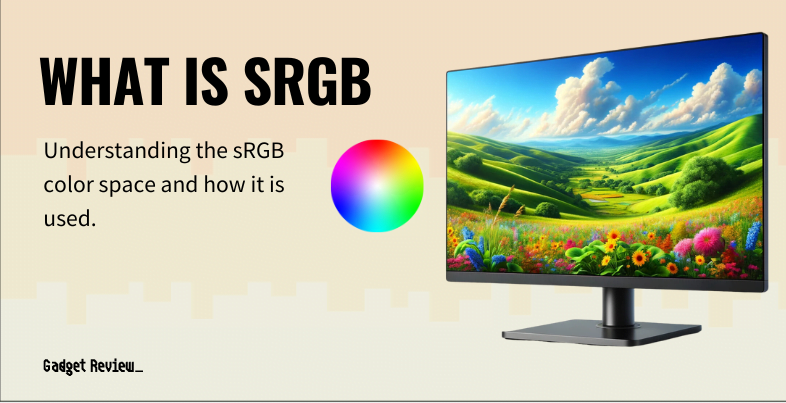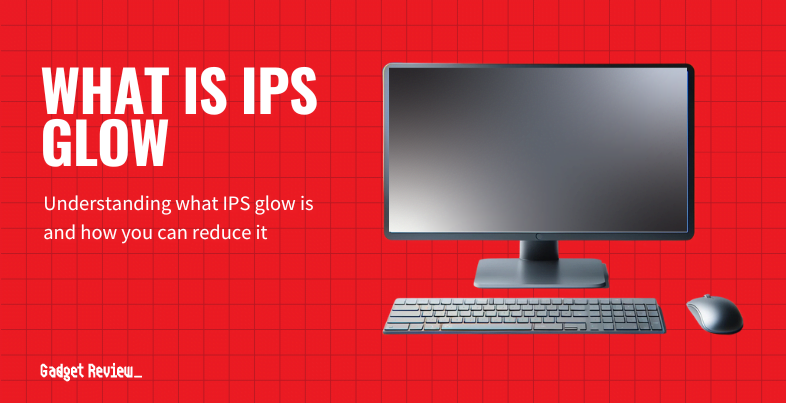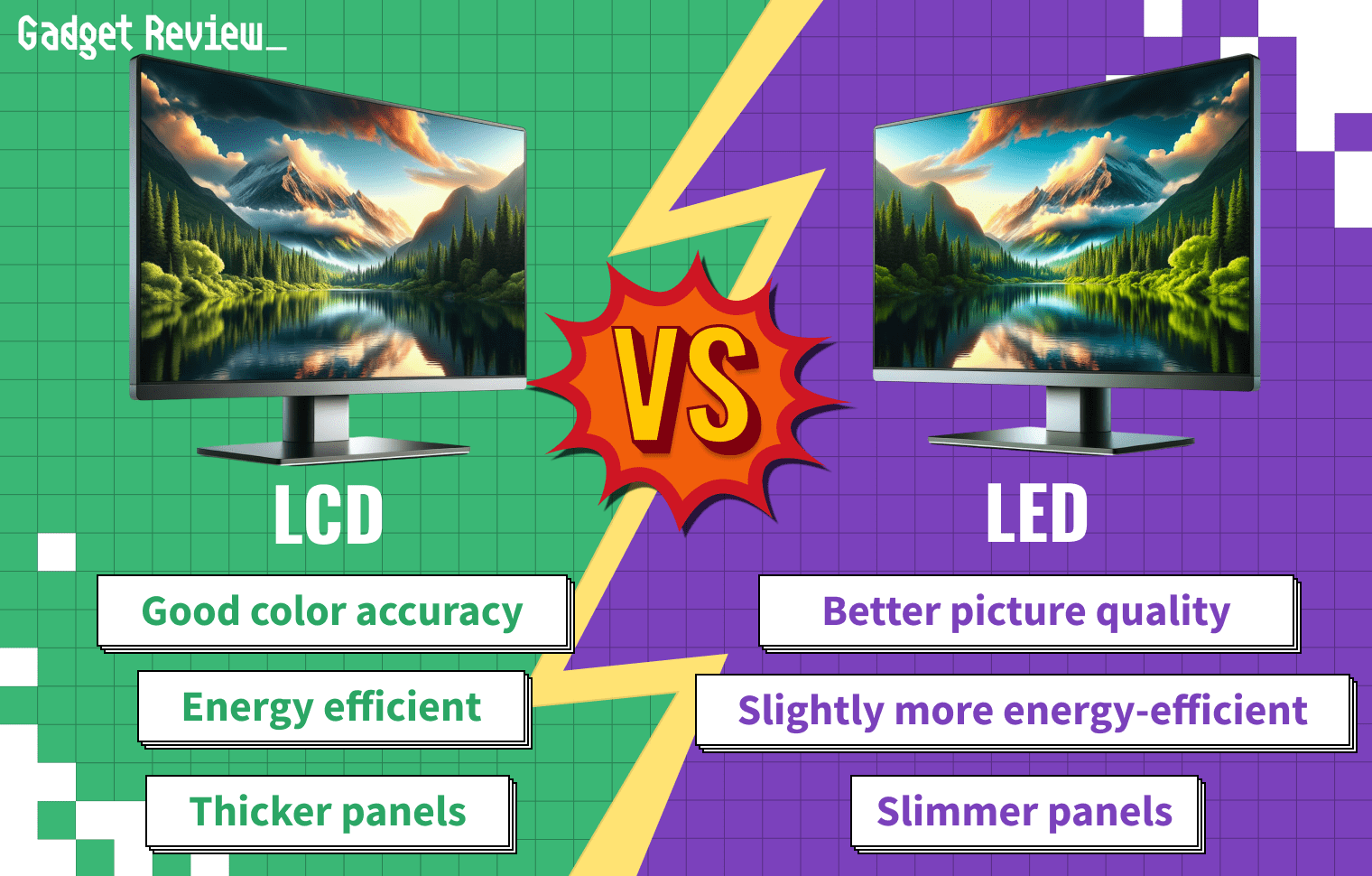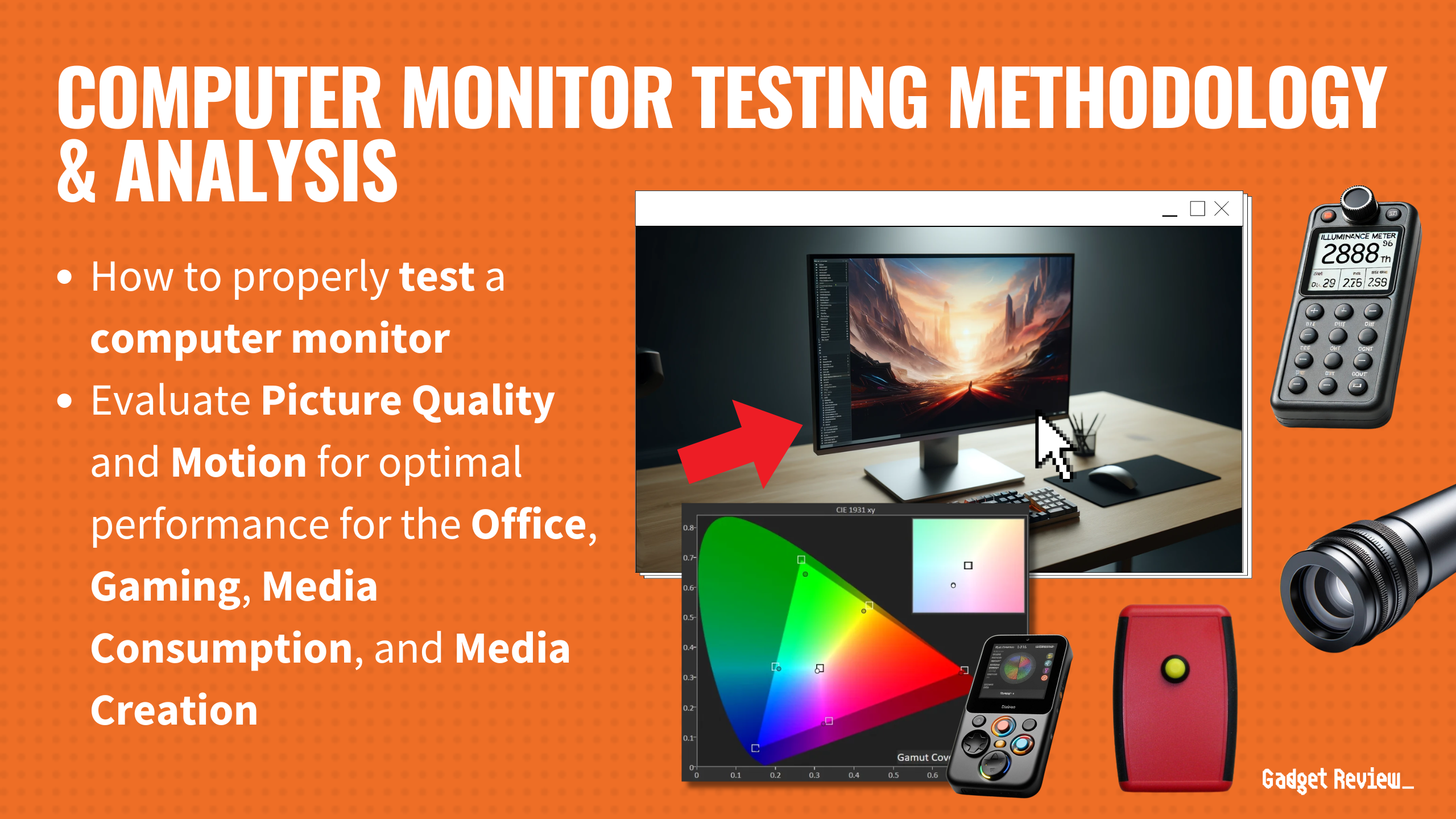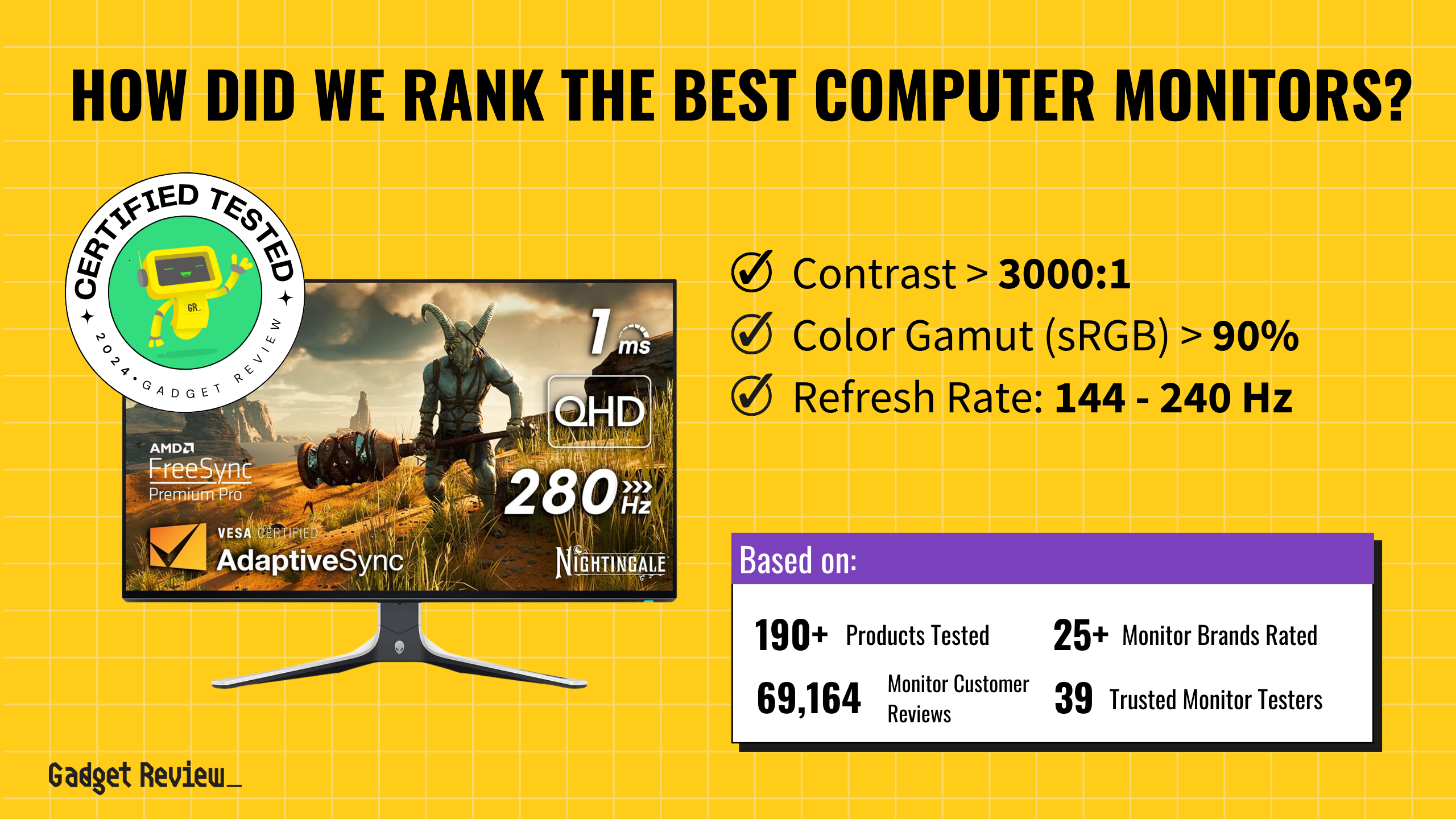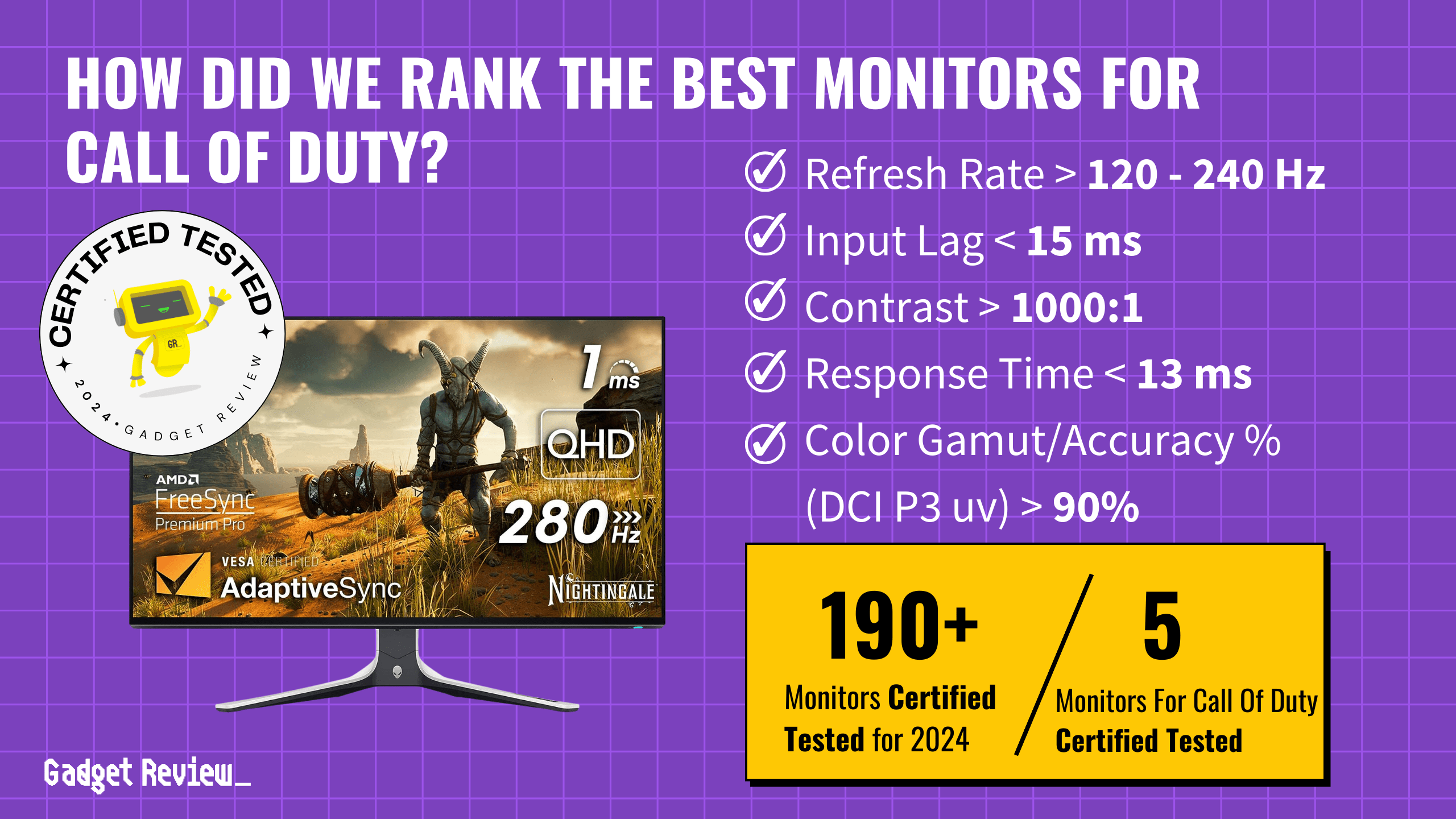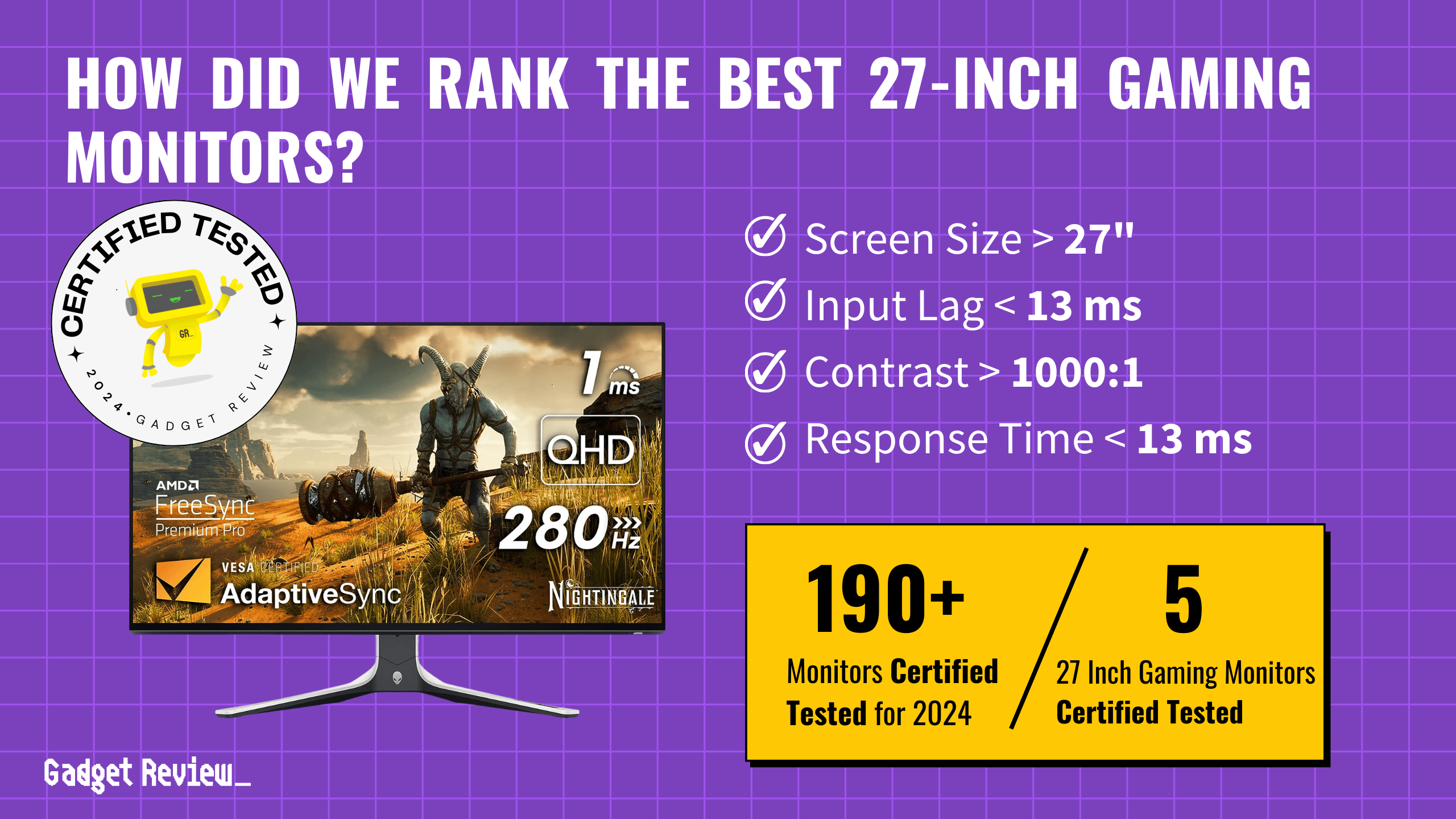What is sRGB? It is an abbreviation of standard Red, Green, and Blue and is a common color space used in various digital devices. Developed by HP and Microsoft, it has become a default color space for many applications. sRGB is crucial in ensuring color consistency across different devices, from digital displays to color printers. It defines a specific range of colors, making it a vital aspect of color management in digital photography and screen displays, such as the best gaming monitors. This color model is particularly significant in maintaining accurate colors and color fidelity, especially when transferring files between different devices.
Key Takeaways_
- Each color in the sRGB color space can produce different variations of other colors.
- sRGB is king: most consumer devices, applications, and web browsers default to sRGB.
- Color spaces like Adobe RGB contain more saturated colors than sRGB.
Understanding Color Spaces
A color space like sRGB is a three-dimensional model representing a gamut of colors. It’s essential for digital imaging, as it defines the range of colors that a device can produce or capture.
Color depth, also known as bit depth, is a crucial aspect of color spaces, determining the number of distinct colors a device can display. Higher color depth allows for more detailed and nuanced color representation, which is vital in high-quality digital imaging.
Different color spaces, such as Adobe RGB or NTSC, offer varying ranges of color gamut and gamma curves.
Understanding these differences is crucial for professionals in photography and digital art, as it affects color accuracy and the overall quality of digital images.
Color spaces also play a significant role in color calibration and color reproduction, ensuring that the colors you see on one screen are replicated accurately on another.
The sRGB Standard
sRGB, created in 1996 by HP and Microsoft, is an industry-standard color space to unify color reproduction across different devices. Its development marked a significant milestone in digital color management, providing a common color space for various applications.
The creation of sRGB facilitated a broader range of color consistency and accuracy in digital devices.
Over the years, sRGB has been widely adopted in digital photography, web design, and consumer electronics, becoming a cornerstone of modern digital color imaging environments.
sRGB vs. Other Color Profiles
Comparing sRGB with other color profiles like Adobe RGB reveals differences in color gamut and applications.
sRGB only covers 35% of the CIE 1931 color space; it is not the widest. But sRGB is supported by any type of monitor on the market.
When considering a display, like the best 75hz monitor, one should look for models that offer excellent color accuracy and depth within the sRGB color space, as these monitors provide a balance between smooth motion and vibrant color reproduction.
Adobe RGB, created in 1998 by Adobe Inc., covers a wider color gamut than sRGB, covering approximately 50% of the CIE 1931 color space, making it suitable for high-end digital cameras and professional color imaging environments.
However, sRGB is more commonly used due to its standardization across devices, offering more consistent color reproduction.
STAT: Many screens on the market have a coverage of more than 100% sRGB. So, content creators who work in the sRGB color space have more saturated colors to work with their projects. (source)
Understanding these differences is crucial for choosing the right color space, whether for digital photography, graphic design, or printing.
Practical Applications of sRGB
sRGB finds its applications in various fields, from web design to consumer electronics. Its standardization across different platforms makes it an ideal color space for creating and viewing digital content.
sRGB ensures that the colors in web graphics and digital media are consistent across different screens. It’s also used in software applications like Adobe Photoshop, where accurate color representation is crucial.
Just as color accuracy is important, so is brightness, be sure to use the ideal brightness for your gaming monitor to ensure the best experience.
sRGB in Digital Imaging and Photography
In digital imaging and photography, sRGB plays a pivotal role in color management.
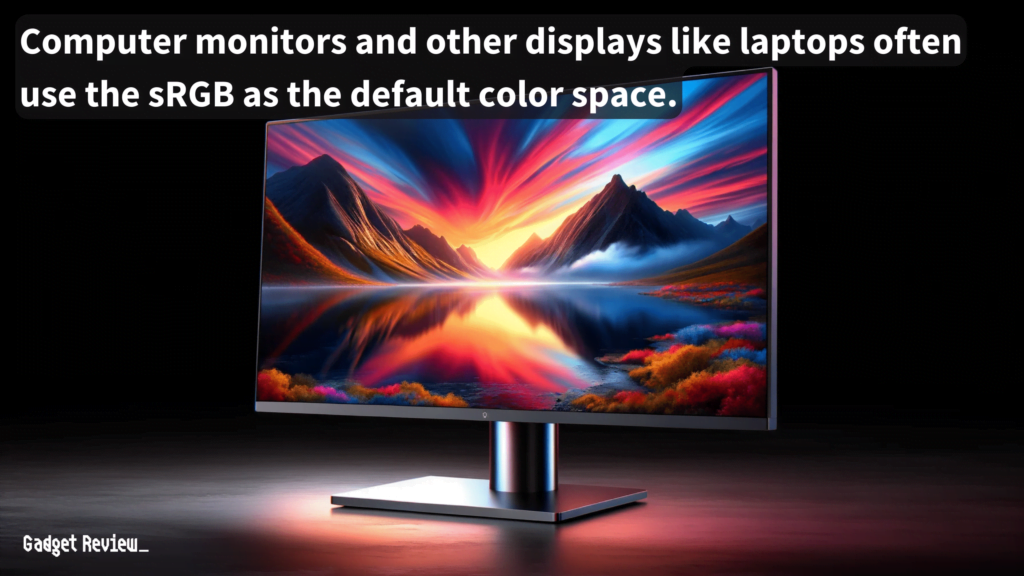
It ensures that the colors captured by digital cameras are accurately represented on various display devices. sRGB images are widely used due to their compatibility and color accuracy, making them a preferred choice for both amateur and professional photographers.
The use of sRGB in digital photography ensures that the colors in a photo remain consistent and true to life, regardless of the viewing device.
sRGB in Display Technology
sRGB is also integral in display technology, affecting everything from computer monitors to mobile devices. It defines the color settings and gamma correction used in these devices, ensuring that the colors displayed are accurate and consistent.
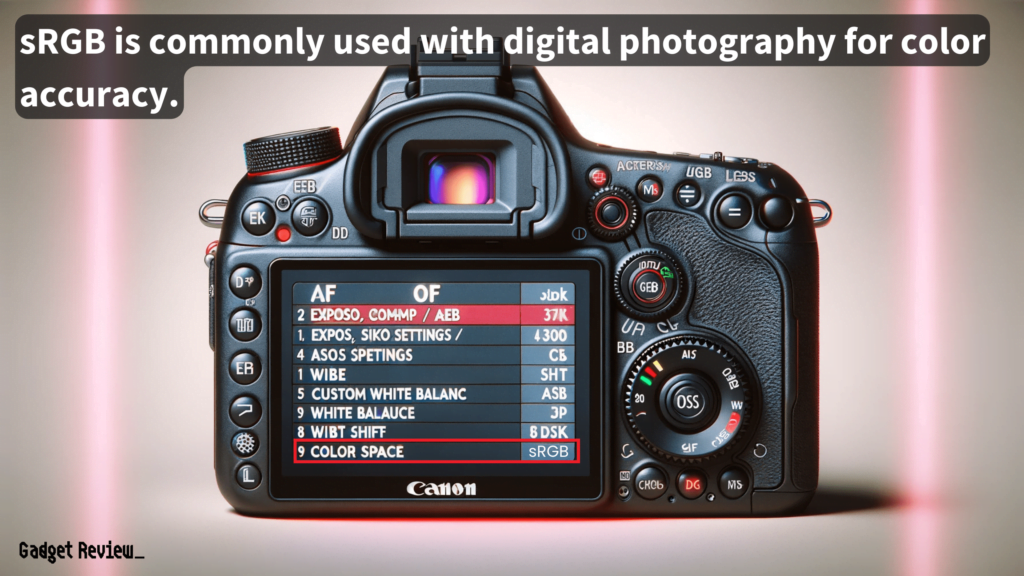
Manufacturers like BenQ often calibrate their monitors to sRGB standards to provide users with the most accurate color representation.
However, when learning about what size monitors professional gamers use, you may be interested to know that most models will use SRGB as pros typically only care about the speed and responsiveness of the monitor, with color accuracy being secondary.
This standardization is crucial for tasks that require high color fidelity, such as photo editing or graphic design.
How to Optimize sRGB Settings
Optimizing sRGB settings involves adjusting the color temperature, gamma curve, and color coordinates on your device.
This process, known as color calibration, is essential for achieving accurate color reproduction.
insider tip
The color management in sRGB Android makes it possible for colors to be the same way across multiple devices.
Users can adjust these settings manually or use color management tools provided by software like Adobe Systems. For photographers and graphic designers, understanding and optimizing sRGB settings is crucial for maintaining the accuracy of colors in their work.
In summary, sRGB has become a fundamental aspect of digital color management, playing a crucial role in various applications.
Its standardization across devices ensures color consistency and accuracy, making it an indispensable tool in digital photography, web design, and consumer electronics. Understanding and utilizing sRGB effectively can significantly enhance the quality and fidelity of digital images and displays.


